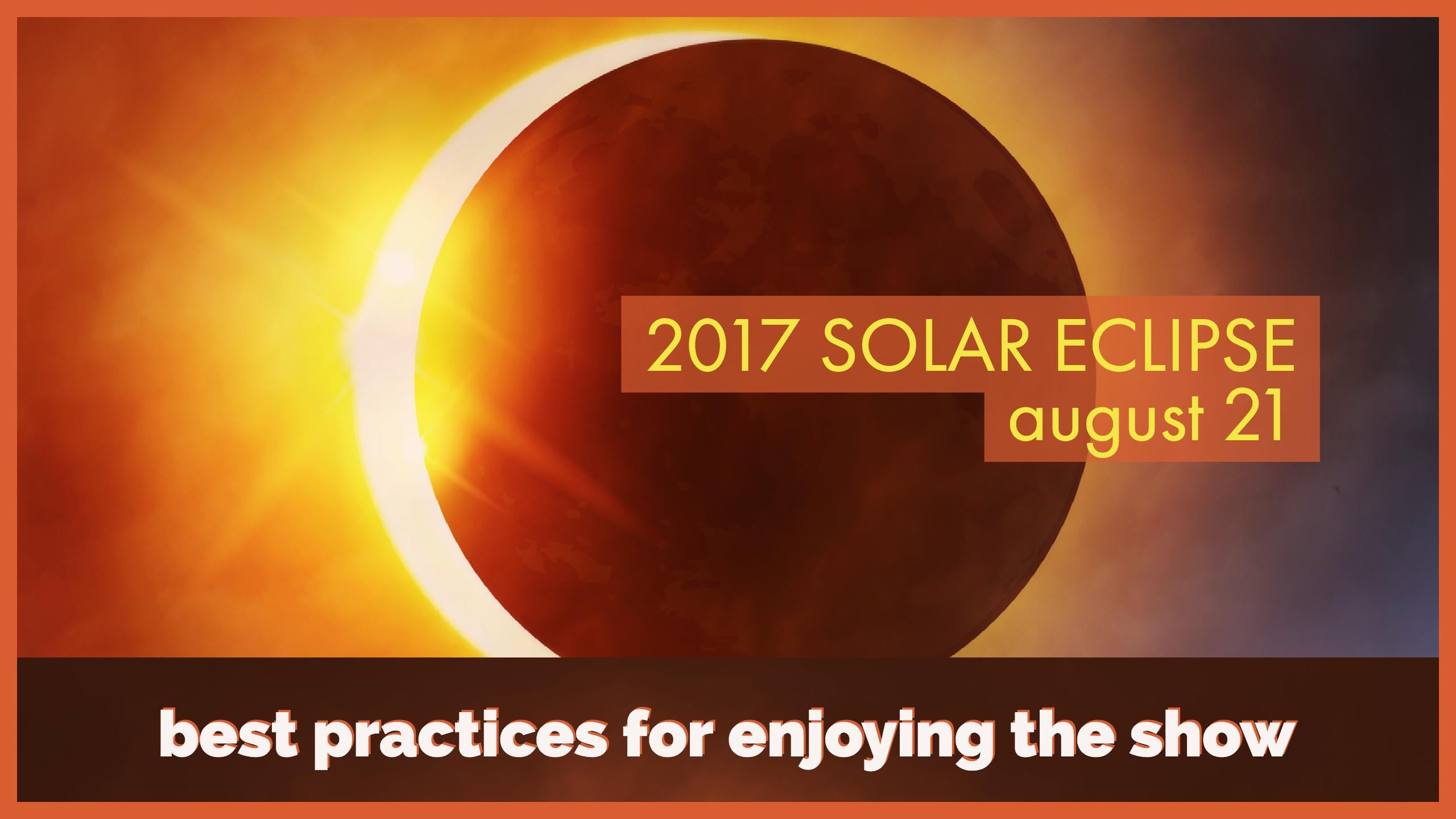
Total Eclipse of the Sun: Best Practices for Enjoying the Show
If you haven’t heard, we’re in for a real treat on August 21st, 2017! There will be a total solar eclipse and at Range Kleen we’re pumped! While solar eclipses happen anywhere about two times per year, they frequently occur over ocean locations where few, if any, bear witness. This total solar eclipse will be the first to cross coast-to-coast in 99 years, and the first to pass through any the lower 48 states since February 26, 1979. It will likely be the most viewed solar eclipse in modern history.
How can you stay safe and enjoy the eclipse? Here are our tips:
- Don’t watch the eclipse with naked eyes - the magnification from the sun can permanently damage your retina, possibly causing blindness. Never look directly at the sun!
- Don’t wear sunglasses to view the eclipse. Sunglasses offer protection which is suitable for normal sun exposure, but they are powerless to the magnification of the sun during the eclipse.
- Don’t use your camera to capture or view the eclipse. Most lenses are not equipped to handle the magnification. If you do wish to photograph the eclipse, contact the manufacturer of your camera for lens recommendations. Nikon has some great tips on proper lenses.
- Do purchase regulated solar eclipse glasses made of Mylar film to watch. Many establishments such as local major retailers, outdoor retailers, grocery stores, libraries, and city halls are selling glasses. We recommend calling to inquire about availability before going to the store.
- Do plan ahead. Millions are expected to flock to locations where totality is in view. If you plan on traveling, leave the house allowing plenty of time to arrive at your destination, and to find appropriate parking. Check out NASA’s Interactive Total Solar Eclipse Map to see where you might be able to view.
- Do enjoy this rare astrological occurrence. Can’t find glasses? Looking for a fun project? Make a NASA Pinhole Camera to safely view the eclipse.
- Stuck inside? You can still view from indoors. Click to view a live streaming from NASA.

